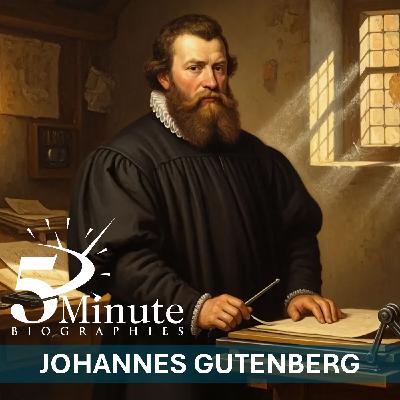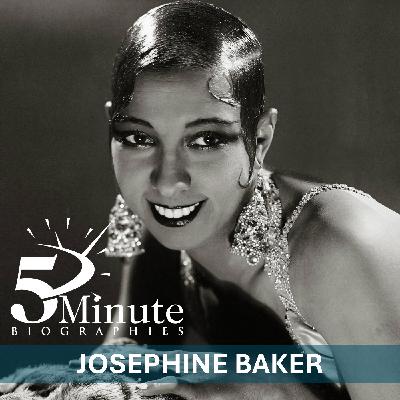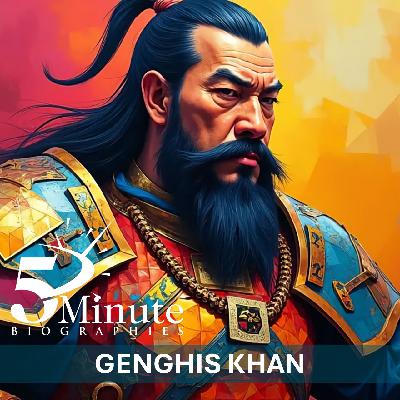Hatshepsut
Description
Hatshepsut was born in 1507 BCE in Thebes, Egypt, into the powerful 18th Dynasty of the New Kingdom. She became one of ancient Egypt’s most remarkable rulers, ascending to the throne as Pharaoh and defying traditional gender roles to lead one of the most prosperous periods in the nation’s history. Her reign, marked by architectural marvels, economic expansion, and peaceful diplomacy, solidified her place as one of the greatest rulers of Egypt.
She was the daughter of Pharaoh Thutmose I and his chief wife, Ahmose. As a royal princess, she was educated in the traditions of governance, religious practices, and military strategy, preparing her for a life of leadership. She married her half-brother, Thutmose II, who became Pharaoh after their father’s death. As queen consort, she played an important role in administrative and religious matters. Thutmose II’s reign was relatively short, and upon his death, his son, Thutmose III, was still a child. Hatshepsut initially served as regent for her stepson, but within a few years, she assumed full power and declared herself Pharaoh, a position traditionally held only by men.
Hatshepsut legitimised her rule by emphasising her divine birth, claiming that the god Amun had fathered her. To reinforce her authority, she adopted the full regalia of a Pharaoh, including the false beard and the traditional royal kilt, effectively reshaping her image to fit the expectations of Egyptian rulership. She was often depicted in statues and reliefs as a male king, which was a deliberate attempt to establish her legitimacy in a male-dominated society.
Her reign was a period of great stability and prosperity. Unlike many of her predecessors, Hatshepsut focused more on trade and infrastructure rather than military conquest. One of her most significant achievements was the expansion of Egypt’s trade networks. She reestablished trade relations with the Land of Punt, a region believed to be in modern-day Eritrea or Somalia, and sent a grand expedition that brought back gold, ebony, ivory, exotic animals, and incense. This trade mission significantly boosted Egypt’s wealth and economy, showcasing her skill in diplomacy and commerce.
Hatshepsut also embarked on an ambitious building programme, commissioning some of the most impressive architectural feats of the New Kingdom. Her mortuary temple at Deir el-Bahari, located on the west bank of the Nile near Luxor, remains one of the most iconic structures of ancient Egypt. The temple, with its grand terraces and colonnades, was dedicated to the god Amun and designed to honour her legacy. She also restored and expanded the Temple of Karnak, adding obelisks that stood as symbols of her power and devotion to the gods. Many of her construction projects set new standards in Egyptian architecture and engineering, influencing later Pharaohs.
Despite her success, Hatshepsut’s reign was not without challenges. Some factions within the royal court likely opposed her rule, particularly as her authority had displaced the young Thutmose III. However, she maintained control through strategic appointments, securing loyal officials who supported her vision for Egypt. Her chief advisor, Senenmut, played a crucial role in overseeing her ambitious building projects and administration, and he became one of her most trusted confidants.
Hatshepsut’s rule also saw advancements in art and culture. She encouraged artists to depict scenes of everyday life, religious rituals, and grand ceremonies, leaving behind an artistic legacy that reflected Egypt’s wealth and stability under her reign. Many of her inscriptions detailed not only her divine right to rule but also her accomplishments, ensuring her story would be passed down through history.
After ruling for approximately 22 years, Hatshepsut died in 1458 BCE. Her cause of death remains uncertain, but modern studies of her mummy suggest that she may have suffered from diabetes or bone cancer. She was buried in the Valley of the Kings, in a tomb originally designed for her father, Thutmose I. Her body was later moved, possibly to protect it from desecration. Her reign was eventually overshadowed by the efforts of Thutmose III, who, after assuming full control, sought to erase her legacy. He ordered the removal of her images, cartouches, and inscriptions from many monuments, an attempt to obscure her contributions to Egyptian history.
Despite these efforts to diminish her impact, Hatshepsut’s legacy endured. Modern archaeology has restored much of the history surrounding her reign, and scholars now recognise her as one of Egypt’s greatest Pharaohs. Her rule demonstrated that a woman could govern effectively, challenge traditions, and leave behind a thriving kingdom. Her achievements in trade, architecture, and governance had long-lasting effects on Egypt’s stability and prosperity, and her name continues to be celebrated as one of the most extraordinary leaders of the ancient world.
The significance of Hatshepsut’s reign extends beyond her time. She paved the way for future female rulers of Egypt, including Cleopatra VII, who would similarly defy expectations and lead Egypt with intelligence and strategic prowess. Hatshepsut’s diplomatic policies and economic initiatives served as a model for later rulers, demonstrating that power could be exercised through means other than military conquest. Her success proved that gender was not a limitation in leadership, setting a precedent for women in positions of authority throughout history.
In modern times, Hatshepsut’s story continues to inspire. Her ability to navigate a male-dominated world and establish herself as a formidable ruler is a testament to resilience and determination. Scholars, historians, and archaeologists continue to study her reign, uncovering new insights into her governance, artistic achievements, and the socio-political climate of ancient Egypt. Her mortuary temple remains a popular site, drawing visitors from around the world who seek to understand the legacy of one of history’s most extraordinary leaders. Hatshepsut’s story, once nearly erased, now stands as a symbol of enduring leadership and vision. Her reign not only transformed Egypt during her lifetime but also left a lasting impact that resonates through history. As one of the few female Pharaohs, she demonstrated remarkable strength, intelligence, and ambition, ensuring that her name would never be forgotten.
The post Hatshepsut appeared first on 5 Minute Biographies.
























